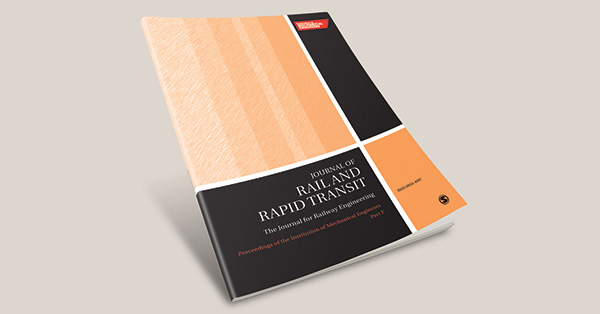By Shri Sandeep Srivastava, Director (Rolling Stock), NHSRCL
Shri Govindu Sivasankar, DGM (Rolling Stock), NHSRCL
Shri Gautam Dua, DGM (Rolling Stock), NHSRCL
Abstract : India will soon have its first line with trains operating at internationally defined standards of high speed (exceeding 250 km/h). On the MAHSR (Mumbai-Ahmedabad High Speed Railway) corridor modern high speed trains will routinely operate at speeds as high as 200 mph (320 km/h). At high speed, trains are capable of generating significant aerodynamic effects including wind gusts and air pressure changes, which makes it necessary to address HSTs’ aerodynamics during the planning stage of high-speed rail (HSR) lines. The dynamic pressure tightness in train cars is also an important factor in the design of future railway tunnels, together with the medical health criterion and pressure comfort criteria. With increasing speed, the requirements of pressure tightness increases, which are explained and illustrated in this study. The current study is based on prior work done in the field of aerodynamic effects of HSTs, international standards, and design practice followed in existing HSR projects. Effort has been made to bring various studies in one place for ready reference. Parameters such as pressure comfort, optimized distance between center of track, wayside structural design, and tunnel cross-section requirements are explained. Based on the study and established relation by different authors, the pressure difference calculation is done for the MAHSR project for different scenarios, and passenger comfort was deduced. In this study, three major aspects of the aerodynamic pressure effect on the rolling stock and surroundings are examined, and each aspect is discussed distinctly: (1) open-air considerations: pressure effect on wayside structures, (2) open-air considerations: two trains crossing in the open field, and (3) open-air considerations: tunnel phenomenon: pressure wave effects on trains inside tunnels. The present study and a substantial portion of the existing knowledge base can be extrapolated for use in the future guidelines in India. This study examine the resultant pressures on wayside structures, the resultant pressures on adjacent trains, and pressure wave effects in tunnels (associated analyses were performed to determine the appropriate cross-sectional area of the tunnels), respectively. It includes basic aerodynamic concepts, influencing factors, measurement and calculation of pressure between trains, known and potential impacts, mitigations, standards, conclusions, and recommendations.
For more details, please click here



